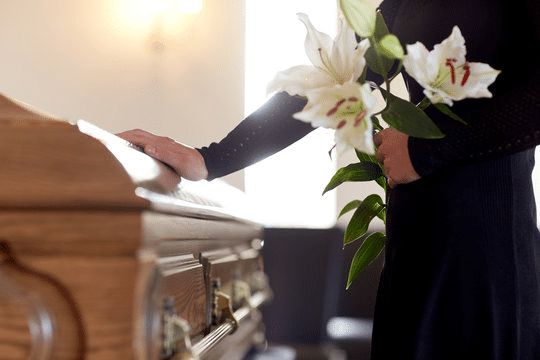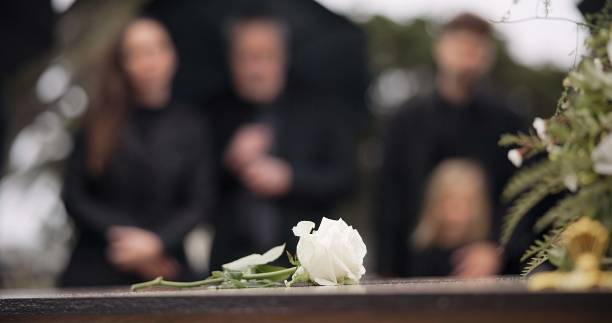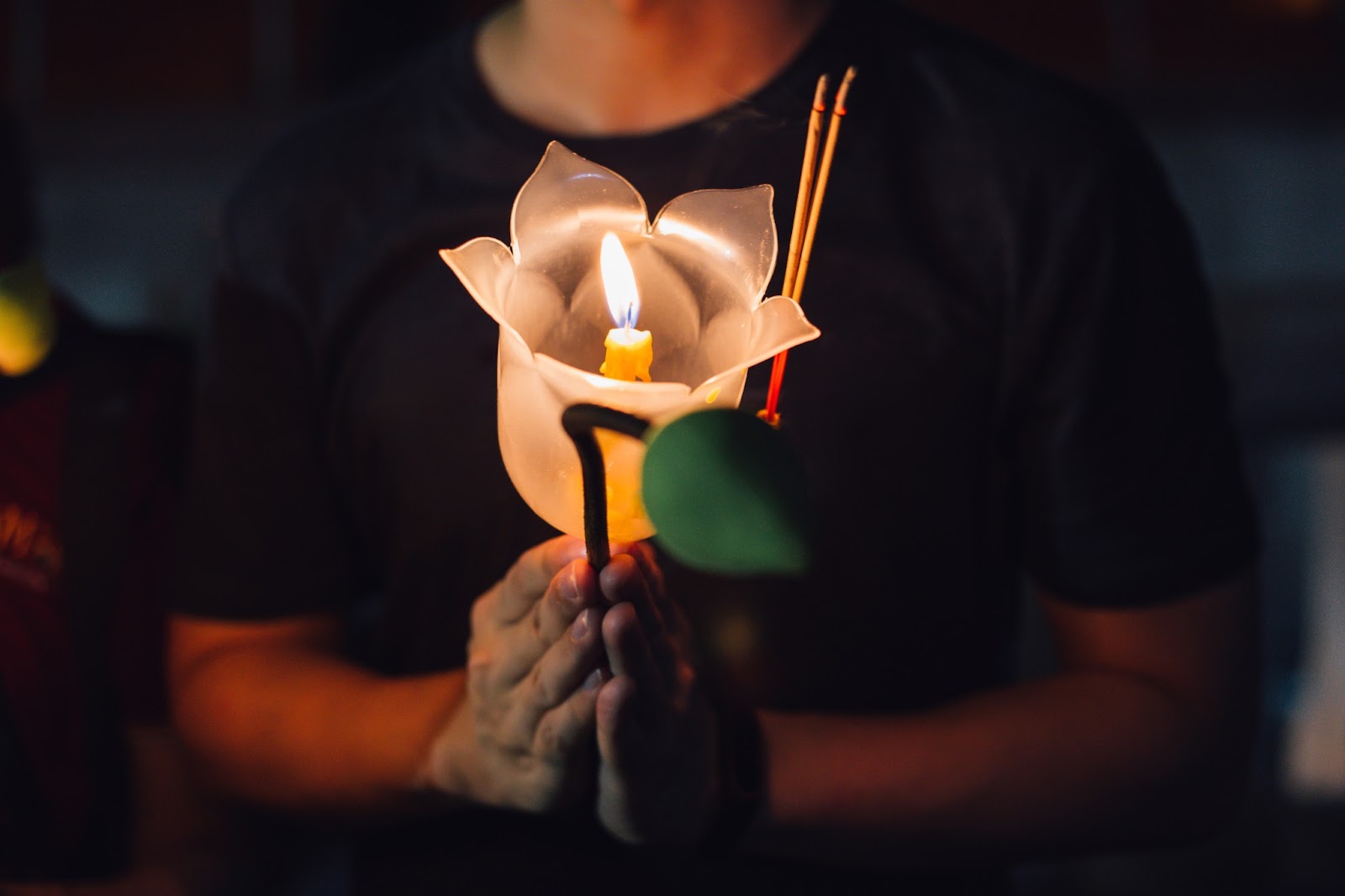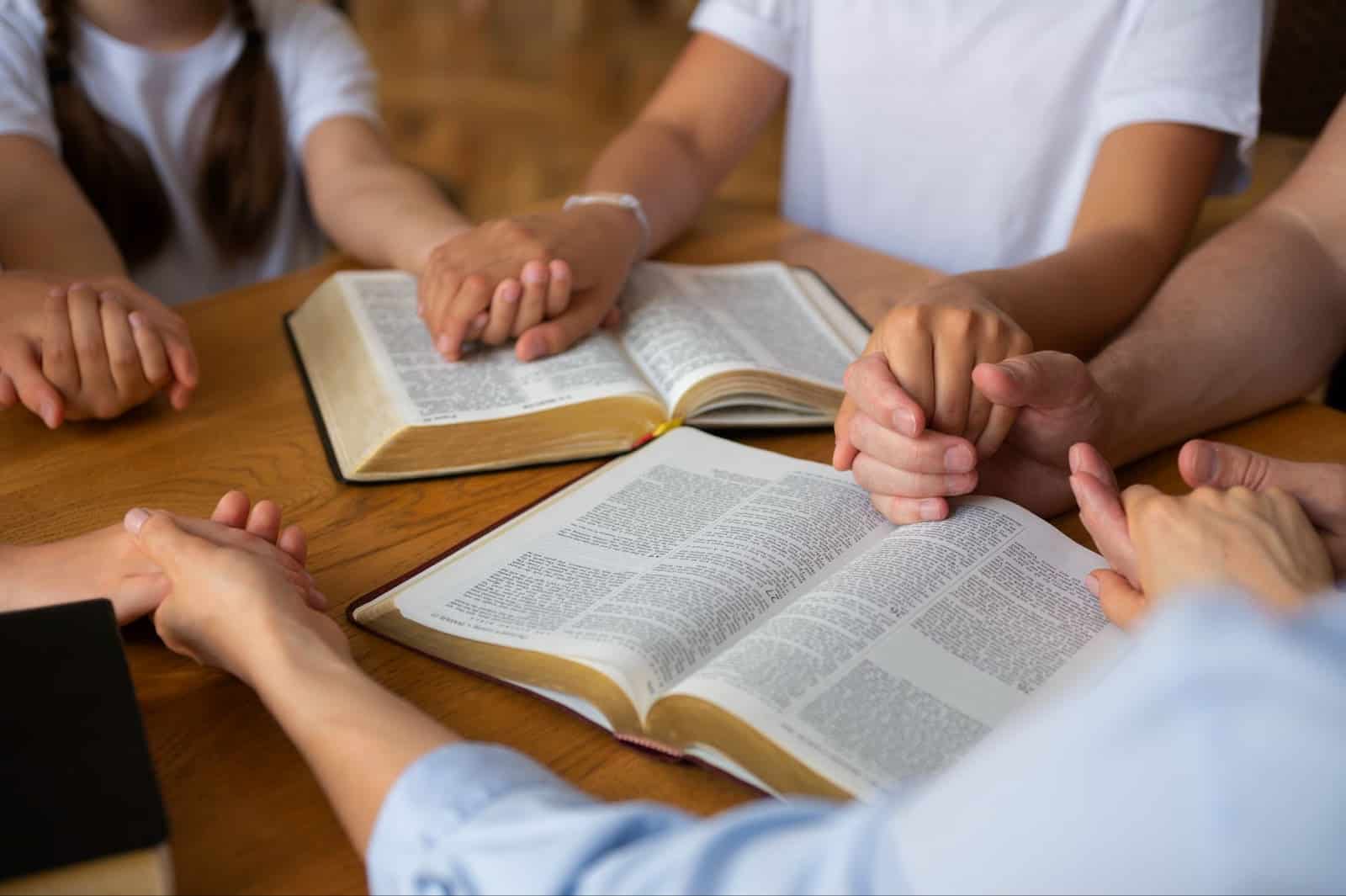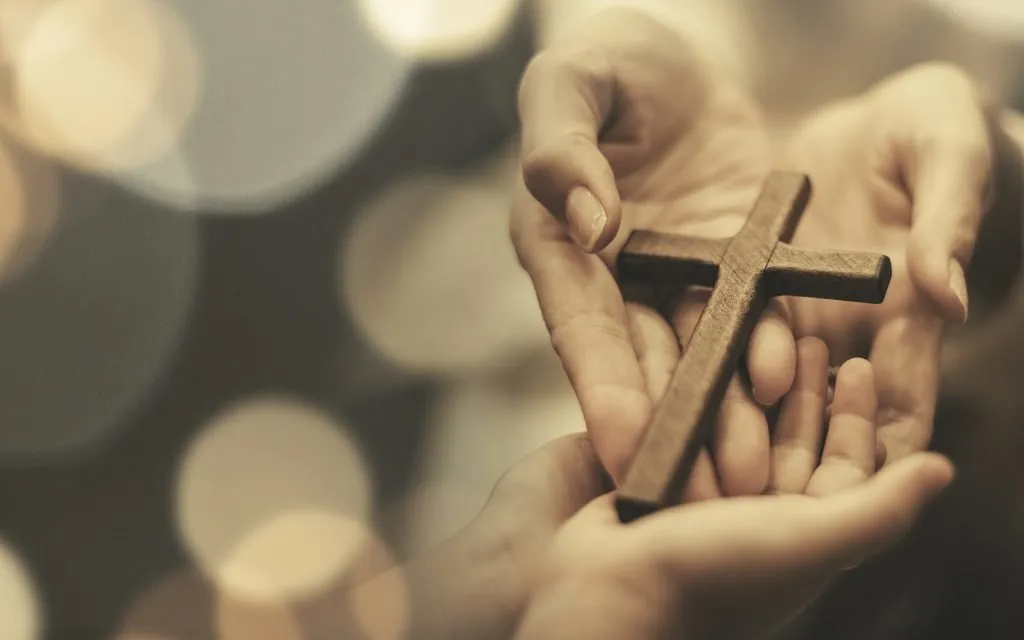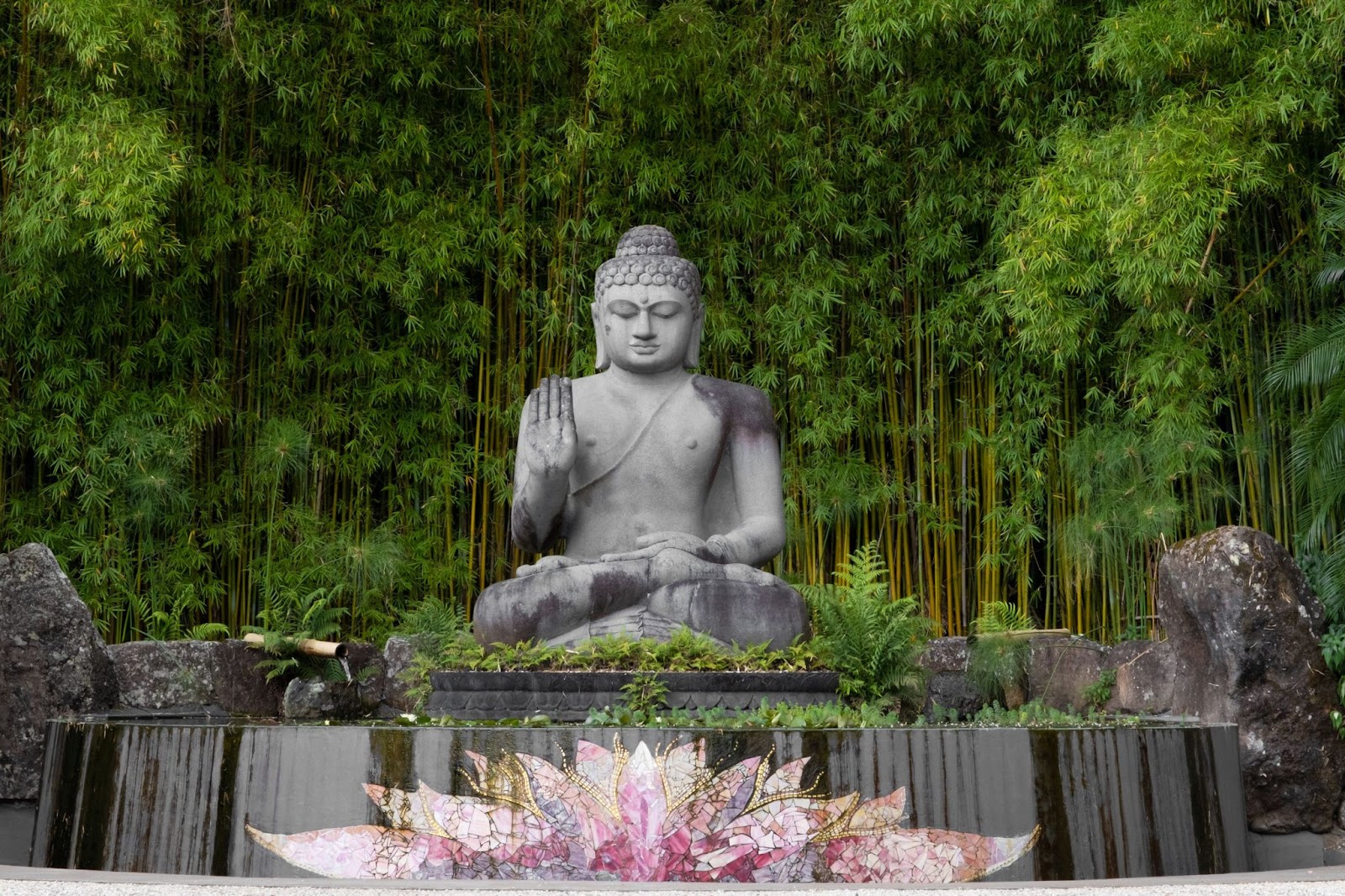Burying your loved ones is never an easy thing to do. Acknowledging their death means saying goodbye permanently. The first few years of this decade have forced us to witness countless deaths. Some of them are family, and some are friends. The soaring number of deaths have caused a significant increase in burial grounds being used, indicating the large scale of this terrifying tragedy.
With so many lives lost, people are now considering other burial options that are less cheaper than a land burial. One burial option is green burial, also known as sustainable burial.
What is Green Burial?
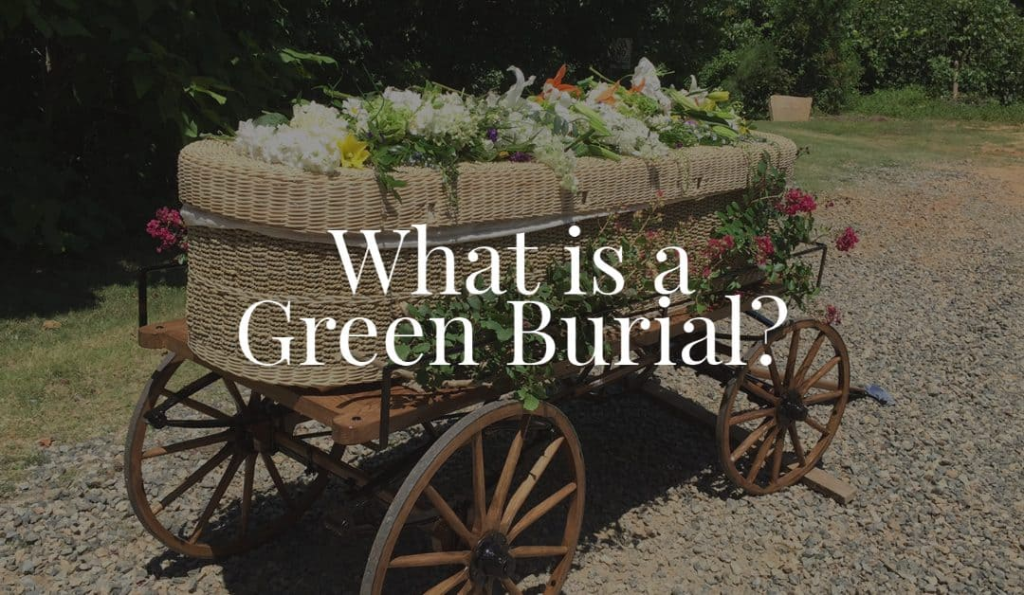
Green burials are all about being kind to nature. They use materials that can break down naturally, like boxes made from recycled stuff or plants. This helps reduce waste and lets the earth take back what’s buried. They also refrain from using chemicals to preserve bodies, which can affect the ground. Instead, they use natural ways to keep things safe.
One big part of green burials is how they make the burial sites look. They plant local plants and keep the areas green and healthy. This not only helps nature but also makes the places peaceful and beautiful for remembering loved ones.
By doing these things, green burials leave a smaller mark on the environment. Traditional burials use a lot of resources and can harm the planet. But green burials are simpler and gentler, which makes them much better for our Earth.
Choosing a green burial is not just about helping the planet. It is also about understanding our connection to nature. It shows that we care about leaving a positive impact, even after we’re gone. Green burials remind us that our choices matter and can make a difference for the world we leave behind.
Types of Green Burial
Green burials include a variety of eco-friendly practices that prioritise environmental sustainability. Here are some types of green burial options in Singapore:
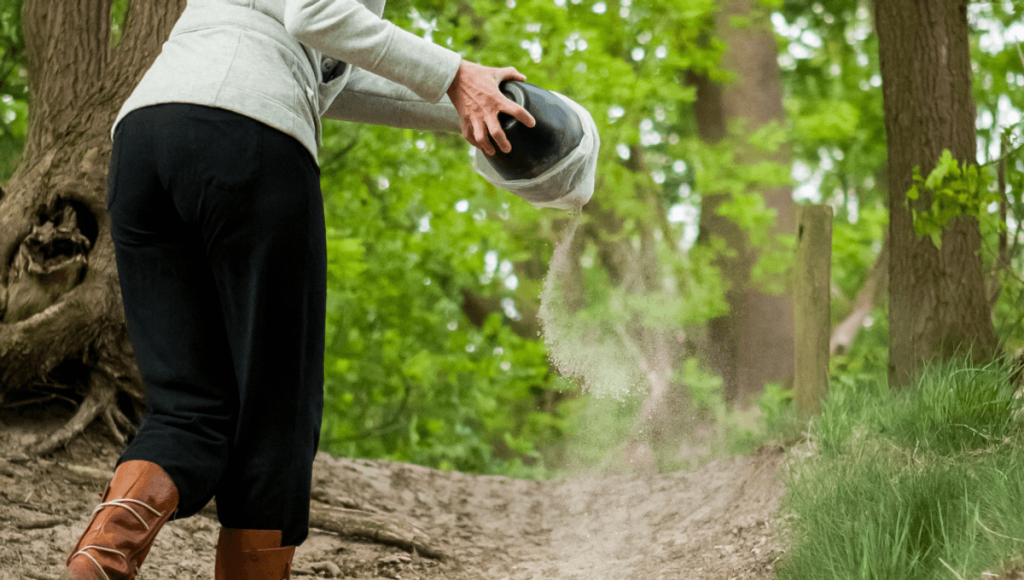
Inland Ash Scattering: One of the most common methods in Singapore is inland ash scattering. It takes place at designated gardens or memorial sites managed by the National Environment Agency. Cremated remains are scattered over soil instead of stored in urns or columbaria, away from water bodies.
This method supports land conservation, especially in a city where space is limited. It also aligns with the belief that life should return to the earth. However, some families may struggle with the lack of a fixed memorial spot, which can make visits more abstract than comforting.
Sea Burial: Another form of green burial in Singapore families choose is sea burial. Ashes are released into the sea, usually off the coast of Pulau Semakau. It’s regulated by the Maritime and Port Authority to ensure environmental safety.
This option leaves no physical trace and reduces the need for land use entirely. It symbolises freedom, renewal, and the idea that life continues in another form. But it also raises a question: without a grave or site, how do loved ones continue the act of remembrance?
Some resolve this by holding a private ceremony or creating a digital memorial space.
Benefits of Green Burials
Opting for green burials in Singapore is not just a personal choice, it is a significant step towards environmental conservation. These eco-friendly practices offer numerous benefits that extend beyond individual families to the broader ecosystem and community.
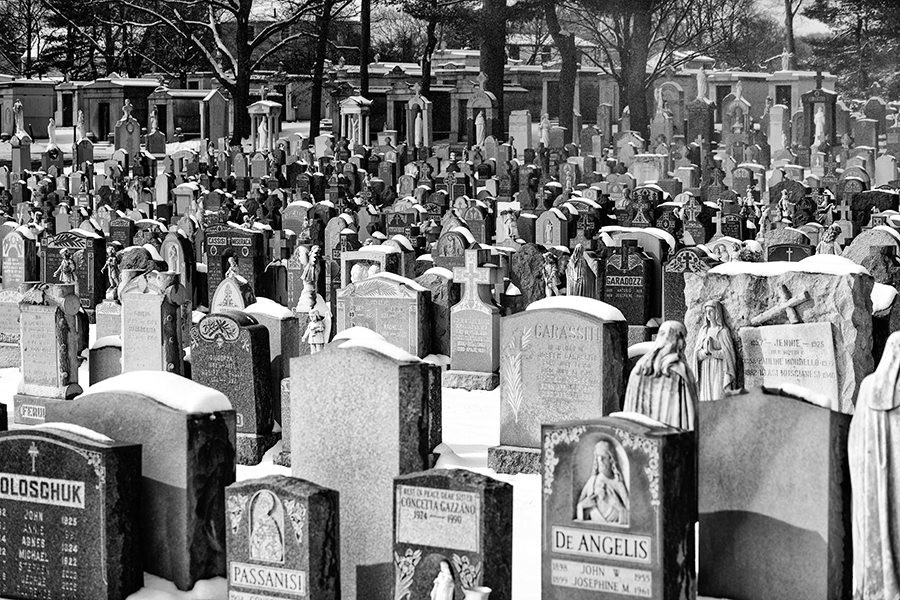
1. Conservation of land and natural resources
Traditional burial practices often require large plots of land for cemeteries, which can lead to urban sprawl and habitat loss.
In contrast, eco-friendly burials utilise space more efficiently by promoting natural decomposition and minimising infrastructure like concrete vaults and grave liners. This approach preserves valuable land for other purposes and helps maintain Singapore’s green spaces.
2. Contribution to local biodiversity and ecosystem health.
Green burial grounds are designed to integrate with natural landscapes, incorporating native plantings and sustainable landscaping practices. These green spaces serve as habitats for local flora and fauna, supporting biodiversity within urban environments.
3. Reduction of carbon emissions.
Traditional burial practices, including embalming, manufacturing non-biodegradable caskets, and maintaining cemetery infrastructure, contribute to carbon dioxide emissions and environmental degradation. In contrast, eco-burial options have a lower carbon footprint due to reduced resource consumption and reliance on natural processes for decomposition.
Navigating Challenges While Adopting Sustainable Burial Practices
In Singapore, switching to eco-friendly burial ways is hard because it involves dealing with different problems like what people are used to, rules, and caring about nature.
1. The clash between cultural preferences and eco-friendly options
Singapore has deep-rooted traditions and rituals surrounding death and burial. These traditions may not align with the simplicity and natural ethos of sustainable burials. Encouraging a shift in cultural perceptions towards eco-friendly practices requires education, awareness campaigns, and sensitivity to diverse beliefs and values.
2. Societal norms towards sustainable burials
In some communities, there may be resistance to deviating from traditional burial customs due to concerns about honouring ancestors, religious beliefs, or social expectations. Overcoming these barriers involves an open dialogue, addressing misconceptions, and highlighting the environmental benefits and meaningful aspects of eco-friendly burial options.
3. Lack of regulatory frameworks and land use policies
Existing regulations may not always incentivise eco-friendly alternatives. Streamlining regulatory processes, providing incentives for green initiatives, and collaborating with stakeholders can help create a more supportive environment for sustainable burials.
4. Lack of land availability in Singapore
As a densely populated urban centre, finding suitable land for eco-friendly cemeteries or natural burial grounds can be challenging.
Innovative approaches such as repurposing underutilised spaces, integrating green infrastructure into urban planning, and exploring alternative burial methods like vertical burial gardens may offer solutions to address these space restrictions.
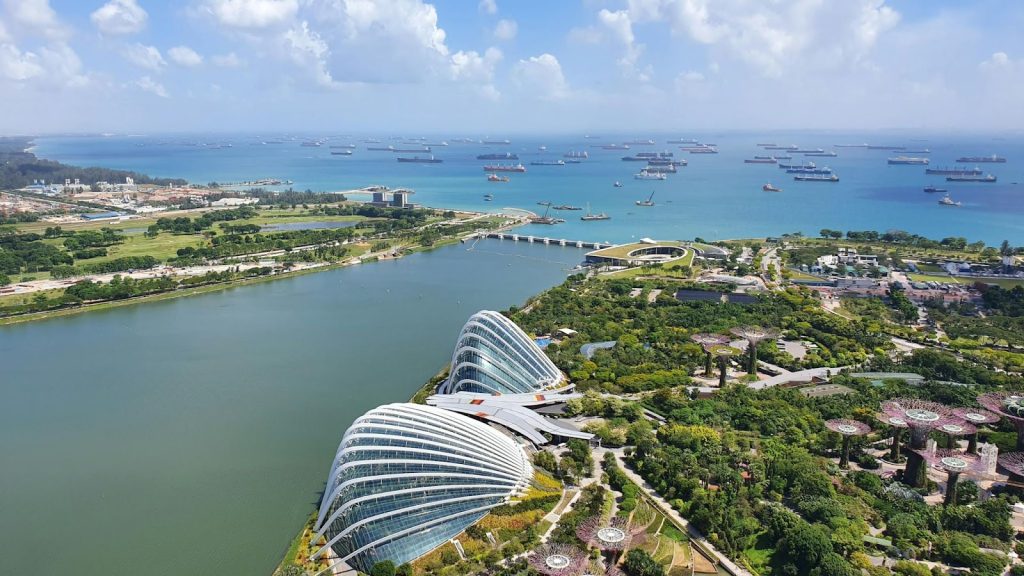
Green burials have gradually gained recognition in Singapore as an environmentally conscious alternative to traditional burial practices. The movement towards eco-friendly funerals is driven by a growing awareness of environmental issues and a desire for more sustainable burial options.
One of the pioneering initiatives in Singapore’s green burial movement was the establishment of green burial sites or natural burial grounds. These sites were designed to align with eco-friendly principles, such as using biodegradable materials for caskets and promoting natural decomposition.
The first natural burial ground in Choa Chu Kang Cemetery, Singapore, offering families the option of scattering ash amidst lush greenery. The concept of green burials gained traction through collaboration between government agencies, environmental organisations, and funeral service providers.
Efforts were made to raise awareness about eco-friendly funeral practices and encourage the adoption of sustainable alternatives. Educational campaigns, workshops, and seminars were organised to inform the public about the benefits of green burials and dispel common misconceptions.
Funeral homes and providers also played a crucial role in promoting green burials by offering eco-friendly funeral packages and services. These packages typically include biodegradable caskets, chemical-free embalming options, and natural burial plots within designated green burial sites.
Families opting for green burials are provided with guidance and support throughout the funeral planning process. This ensures a respectful and environmentally responsible farewell for their loved ones.
In recent years, the demand for green burials in Singapore has continued to grow, reflecting a broader shift towards sustainable living and ethical consumerism. The government has also shown support for eco-friendly initiatives, recognising the importance of environmental sustainability in burial practices.
Green Burial in Global Context
In recent years, sustainable burial practices have garnered increasing attention and adoption worldwide. The rise of green burial practices can be attributed to a couple of factors:
1. Increasing awareness of environmental issues and the desire to reduce ecological footprint even in death.
Conventional burial practices often involve non-biodegradable materials, embalming chemicals, and resource-intensive processes, all of which contribute to environmental degradation. Sustainable burial options, on the other hand, prioritise biodegradability, natural decomposition, and minimal environmental impact.
2. The global move towards sustainable living includes more than just eco-burials
People are increasingly seeking ways to align their values with their actions, leading to a surge in demand for eco-friendly products and services across various sectors, including funerals and end-of-life arrangements.
Countries like the United States have witnessed a significant increase in green burial sites and eco-friendly funeral options. Green cemeteries, which promote natural landscapes, biodegradable materials, and conservation practices, have become increasingly popular among environmentally conscious individuals and families.
These sites not only offer a final resting place in harmony with nature but also contribute to local biodiversity and conservation efforts. Similarly, the United Kingdom has seen a rise in eco-friendly funeral choices, including woodland burials, natural burial grounds, and cremation with biodegradable urns.
These options provide families with meaningful ways to honour their loved ones while minimising their environmental impact. Australia has also embraced sustainable burial practices, with eco-friendly cemeteries and natural burial sites becoming more prevalent across the country.
Final Thoughts
As Singapore continues its journey towards a more sustainable future, sustainable burial options represent a meaningful step in promoting environmental consciousness. By choosing eco-friendly burial practices, individuals can leave a positive impact on the planet even after they have passed.
If you are looking for funeral services, contact Memorial Funeral now to assist you in your funeral planning. Visit our blogs to read more.

